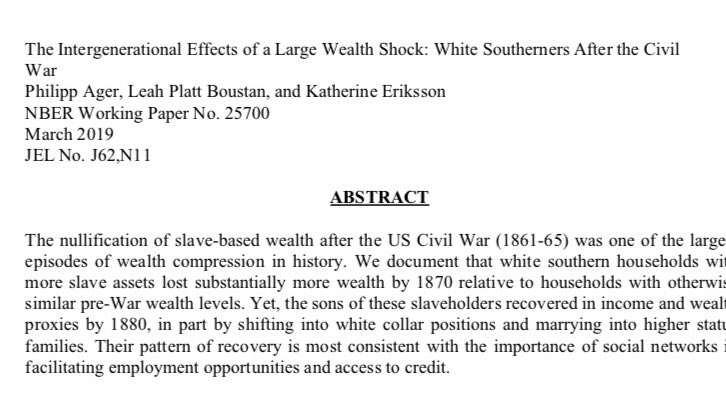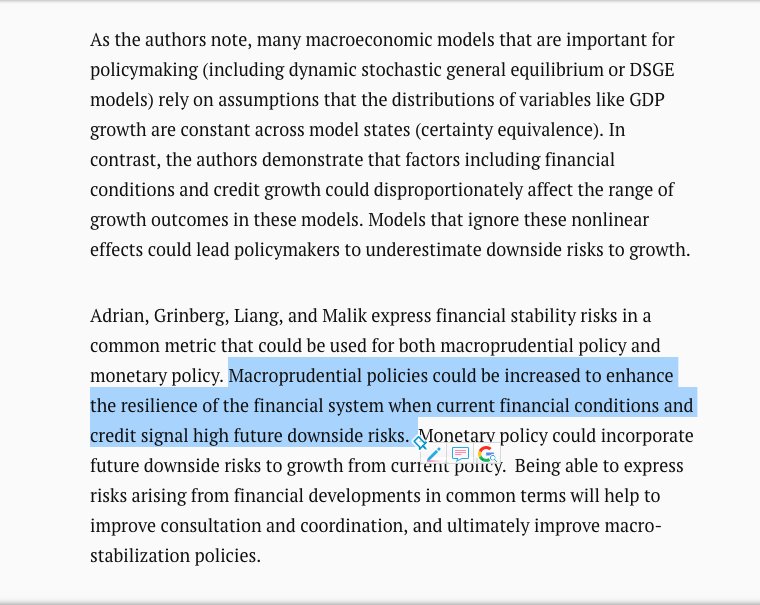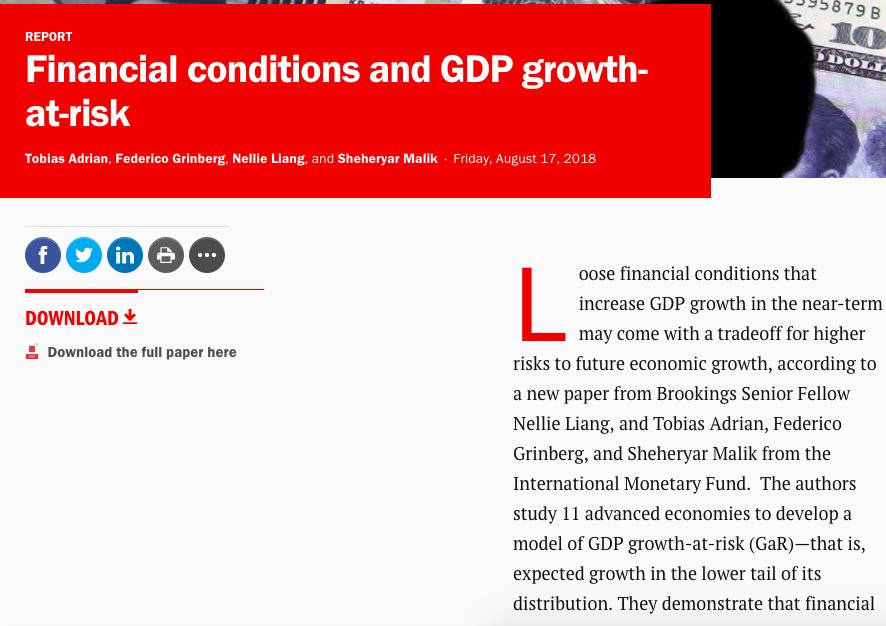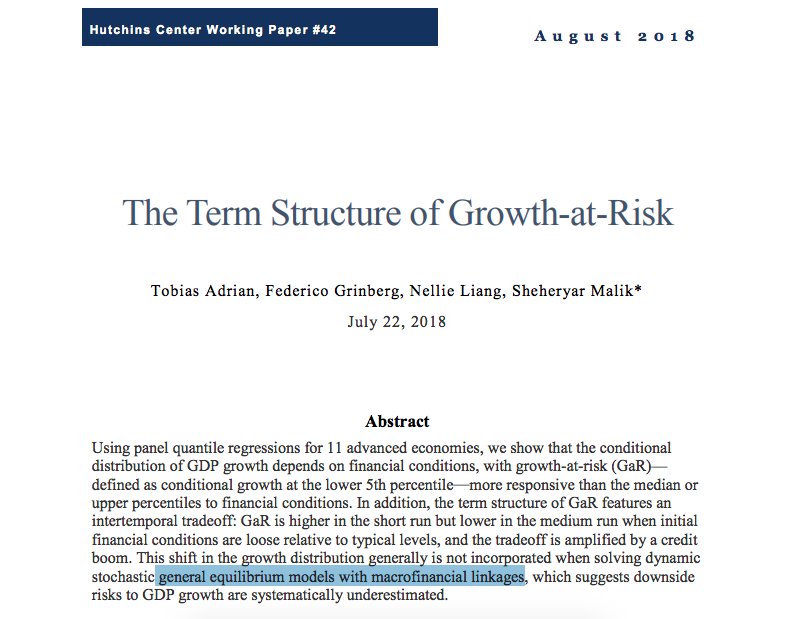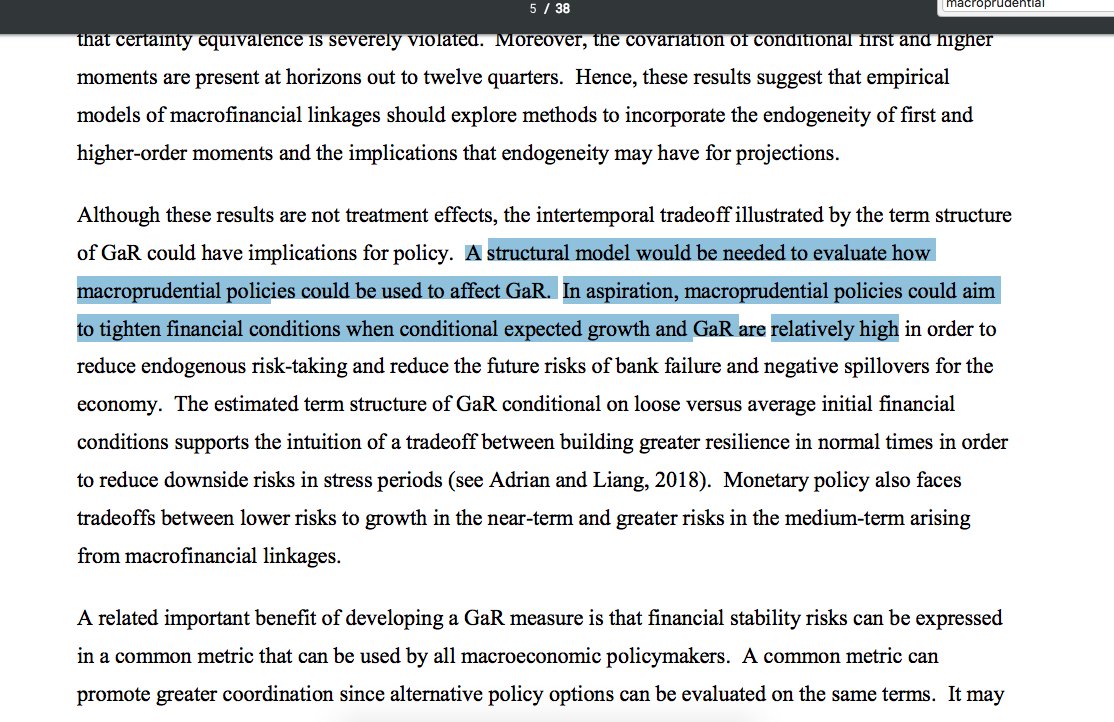We document an important role for the War on Poverty's Legal Services Program (LSP):
nber.org/papers/w26238

But evidence about the 1960s is often unreliable or descriptive, and causal evidence often focuses on other periods.
That’s where LSP comes in.
riots: jameinpcunningham.com/uploads/1/1/2/…
riots w/ @robgillezeau: rsfjournal.org/content/4/6/144
and
police/community relations: sciencedirect.com/science/articl…
1. Divorces. Prior Legal Aid generally didn’t.
2. A ton of welfare advocacy (wrote “welfare manuals”, sued departments, worked w/ Welfare Rights Organizations, encouraged client appeals (see appendix 1! nber.org/data-appendix/…)



Divorces and Marriages
AFDC Cases
Nonmarital Births
This has been a long time in the making!
This is exactly what we see nationally: premarital conceptions are flat, pre-birth marriages fall: demographic-research.org/volumes/vol27/…
P(unmarried head) ⬆️
P(live w/ father of kids) ⬇️
Effects bigger for moms with less education.
Poverty does *not* increase. Father’s income is gone, but hh size falls, too and moms get AFDC.
In fact, we find *smaller* effects on nonmarital births in states that allowed married couples to get AFDC (ie. "more" generous).
Single parenthood is really hard. It would take a lot to choose it.
But when LSPs began, some did. Maybe AFDC income was more stable. Maybe their counterfactual husband was abusive:
onlinelibrary.wiley.com/doi/abs/10.109…



























